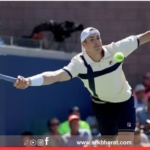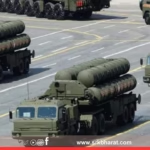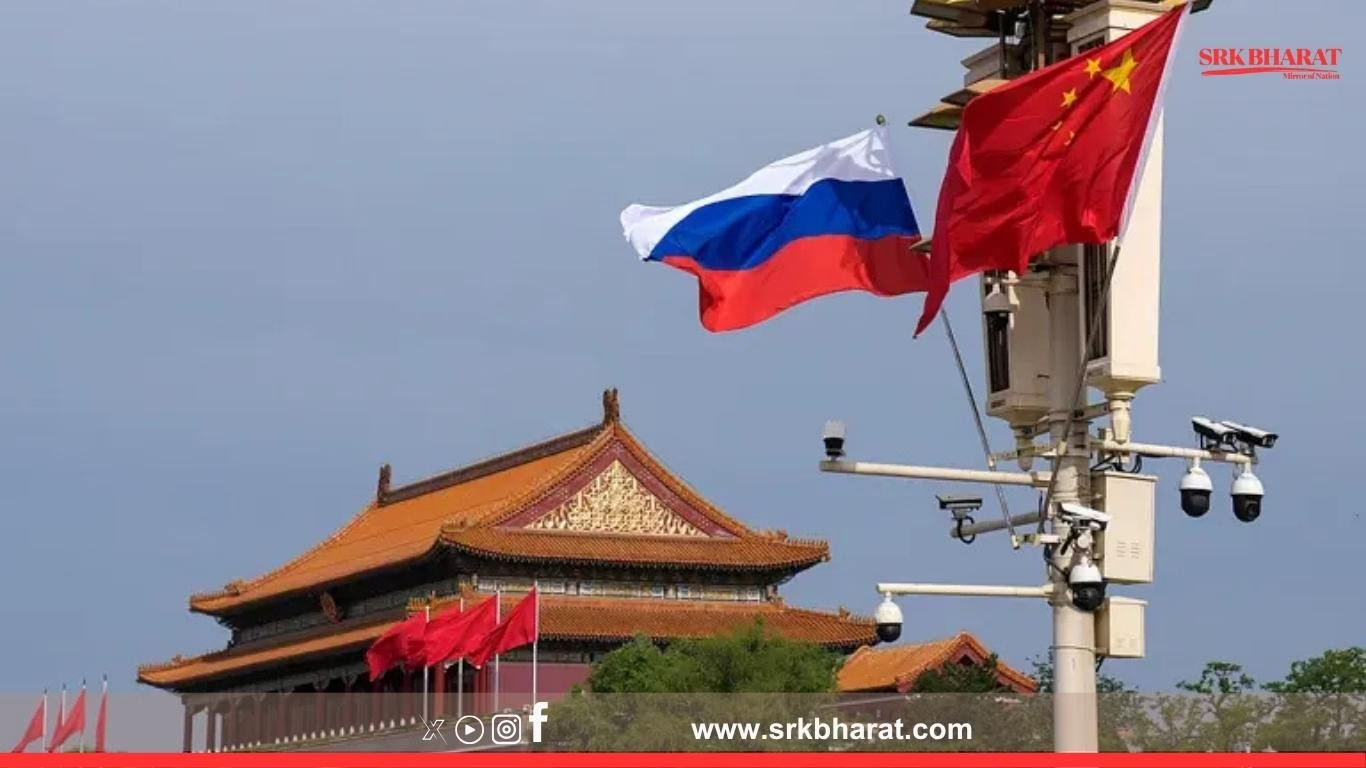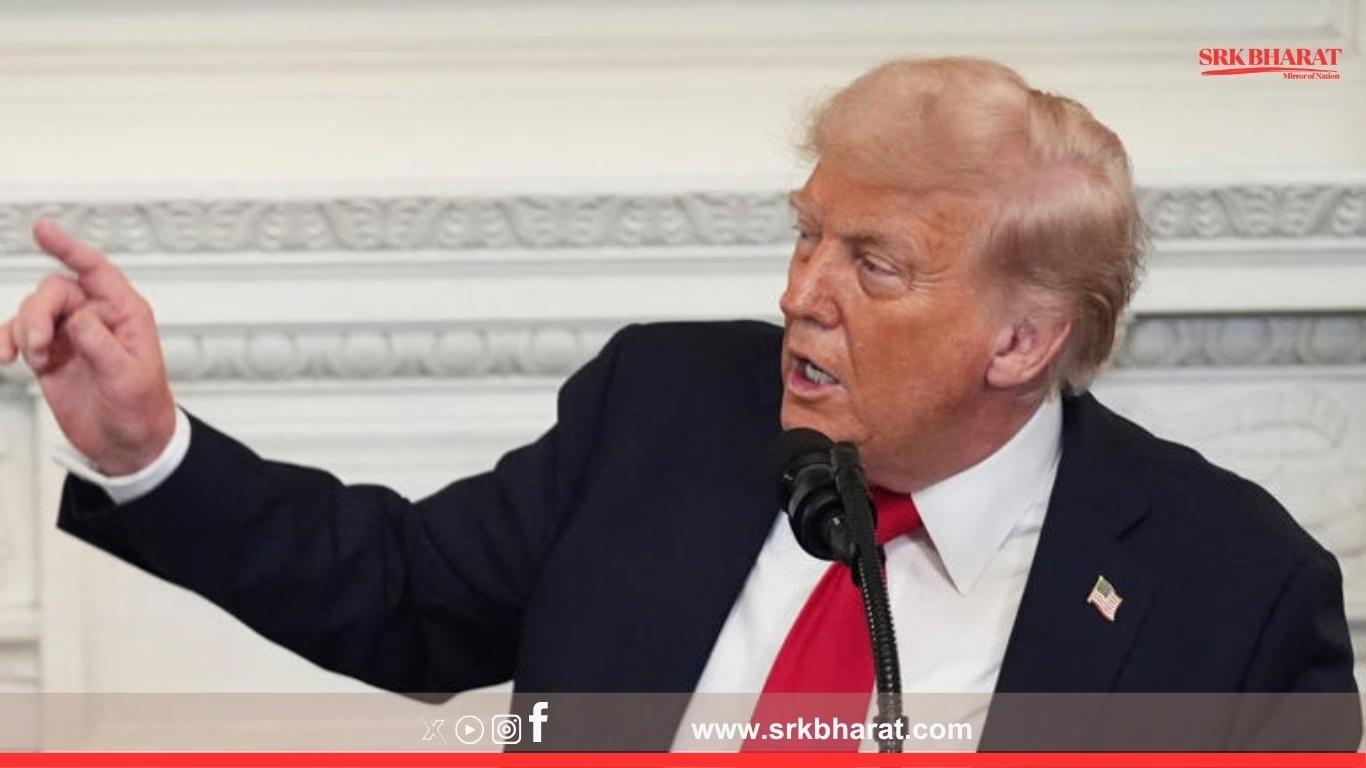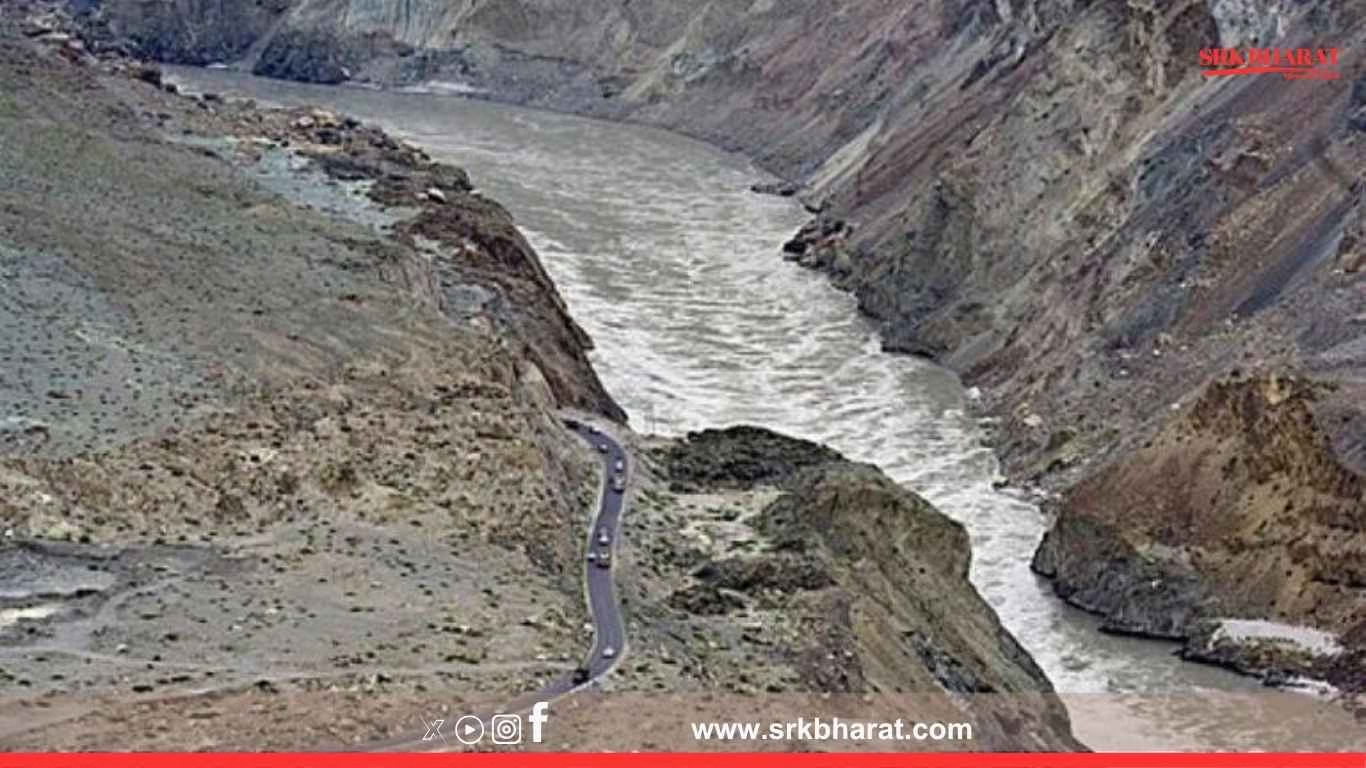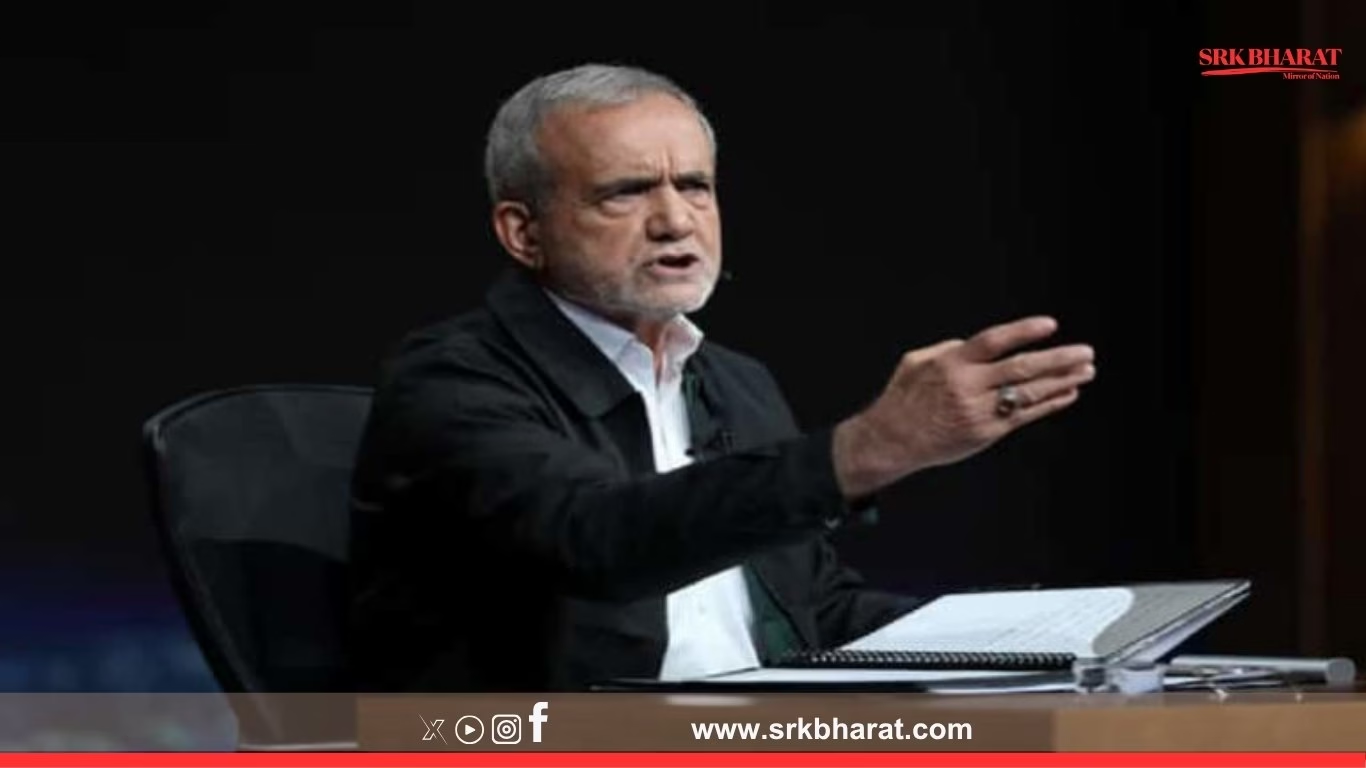In a bold escalation of its asymmetric warfare strategy, Ukraine launched a drone strike that hit an industrial plant in Tatarstan, nearly 1,200 km from the Ukrainian border, Russian officials confirmed on Tuesday. This attack comes amid what defence analysts are calling the largest wave of Ukrainian drone incursions into Russian territory since the full-scale invasion began in February 2022.
🔍 Key Highlights Of The Attack
| Aspect | Details |
|---|---|
| Date of attack | July 2, 2025 |
| Target | Industrial plant in Yelabuga, Tatarstan |
| Distance from Ukraine | ~1,200 km |
| Damage reported | Fire in parts of the plant; extent under assessment |
| Casualties | No confirmed deaths, minor injuries to staff |
| Attacker | Ukrainian long-range drone unit (official confirmation awaited) |
| Russian response | Intensified air defence alerts, localised power cuts in region |
🗣️ Ukrainian Reaction
Ukrainian defence officials, maintaining strategic ambiguity, neither confirmed nor denied responsibility but a senior military source told local media:
“Our drones will continue to target the Russian war economy far beyond occupied territories. Every factory and depot supporting the invasion is legitimate.”
President Volodymyr Zelenskyy has repeatedly stated that Ukrainian strikes inside Russia are acts of self-defence aimed at degrading Moscow’s military-industrial capabilities.
🏭 What Was Hit In Tatarstan?
According to regional Russian authorities, the drone struck the Yelabuga industrial complex, which houses:
- Mechanical engineering plants
- Oil refining equipment units
- Military-grade vehicle part suppliers
The exact facility struck has not been officially disclosed, but images posted on Russian social media showed a plume of smoke rising from the complex’s western end.
🔎 Context: Record Drone Attack Waves In June-July 2025
| Date | Region in Russia | Target/Impact |
|---|---|---|
| June 25 | Belgorod, Kursk | Oil depots and ammunition warehouses hit |
| June 27 | Bryansk | Railway fuel tanker yard damaged |
| June 30 | Krasnodar | Refinery fire after drone strike |
| July 1 | Moscow suburbs | Two drones shot down by Pantsir air defence |
| July 2 | Tatarstan (Yelabuga) | Industrial plant struck |
📊 Russian Domestic Reaction
| Parameter | Public Sentiment (Telegram, VK polling) |
|---|---|
| Fear of expanded drone reach | 63% |
| Anger at air defence failures | 48% |
| Support for deeper retaliation on Ukraine | 51% |
(Compiled from Russian public polling groups, July 2025)
🗣️ Kremlin Statement
Russian Presidential Spokesman Dmitry Peskov condemned the attack:
“This terrorist strike by the Ukrainian regime shows its Western sponsors’ direct involvement. Russia will take necessary measures to ensure the safety of our industrial and civilian facilities.”
He did not elaborate on what retaliatory actions would follow but military analysts expect intensified missile barrages against Ukrainian cities and infrastructure in coming days.
💡 What Makes This Attack Significant?
- Geographical reach: The drone covered nearly 1,200 km, indicating Ukraine’s improving UAV range capability.
- Target selection shift: Beyond frontline logistics, strikes are now focused on deep military-industrial nodes.
- Psychological impact: It undercuts Russian confidence in its layered air defence systems, especially away from Moscow.
- Strategic messaging: Ukraine aims to demonstrate deterrence capacity by threatening Russia’s interior war economy.
🛩️ Ukraine’s Long-Range Drone Capabilities: Recent Developments
| Drone Type | Range | Payload | Operational Since |
|---|---|---|---|
| UJ-26 Beaver | ~1,000 km | 50 kg warhead | 2023 |
| Bober kamikaze drone | ~800 km | 40 kg | 2024 |
| New prototype (unnamed) | ~1,200 km+ | Classified | Tested in June 2025 |
(Source: Ukrainian MoD and intelligence reports)
🔍 Russian Air Defence Challenges
Despite deploying S-400, Pantsir-S, and electronic warfare jammers, Russia’s vast territory makes it difficult to:
- Maintain layered defences away from high-priority cities
- Counter low-flying drones exploiting terrain masking
- Jam or spoof GPS/INS-guided drones with adaptive targeting
🗣️ Global Expert Reactions
Michael Kofman, US military analyst:
“This attack shows Ukraine’s focus on strategic strikes behind enemy lines, disrupting Russian war production, oil refining, and transport infrastructure.”
Maj Gen (Retd) Rajan Kochhar, Indian defence expert:
“The use of cheap, long-range drones to threaten strategic depth will redefine modern military deterrence.”
💬 Impact On Russia’s War Strategy
- Forces redeployment: More air defence units may be pulled away from frontlines to protect interior assets.
- Economic cost escalation: Continuous damage to refineries, transport hubs, and production plants raises wartime economic stress.
- Retaliation pressure: Increases public demand for escalation against Ukrainian civilian centres.
🏭 Industrial Plant Strikes: Broader Pattern
| Month | Major Industrial Targets Hit |
|---|---|
| April 2025 | Novoshakhtinsk refinery, Rostov |
| May 2025 | Ilsky refinery, Krasnodar |
| June 2025 | Slavyansk oil depot, Belgorod |
| July 2025 | Yelabuga plant, Tatarstan |
🔮 What Next?
Russian defence analysts expect:
- Reinforced electronic warfare coverage in Central Russia
- Retaliatory missile strikes on Ukrainian command nodes
- Acceleration of domestic drone production to counter Ukraine’s technological innovations
Meanwhile, Ukrainian military sources indicate more “deep penetration drone missions” are in preparation, targeting assets deemed critical for Russia’s arms production and frontline supply chain.
✅ Key Takeaways
- Ukraine’s latest drone strike hit an industrial plant in Tatarstan, deep inside Russia, showcasing expanded drone operational range exceeding 1,200 km.
- The attack is part of record high drone waves this summer targeting Russia’s war economy.
- While Russia condemns the attacks as terrorism, Ukraine frames them as legitimate counter-invasion measures to degrade Russian military capabilities.
- Experts warn these strikes could trigger harsher Russian retaliation, risking escalation of the conflict beyond the frontline.
📌 Disclaimer
This news content is for informational and editorial purposes only. Data has been sourced from Ukrainian and Russian official statements, global defence analyst briefings, and open-source intelligence. Readers are advised to follow official government channels for updated security advisories and verified operational details.



